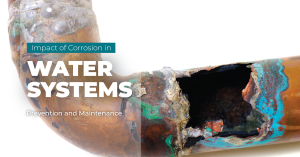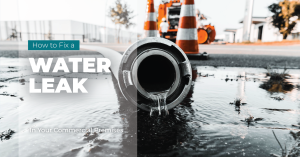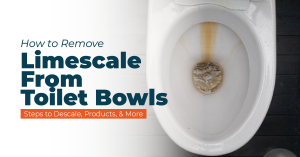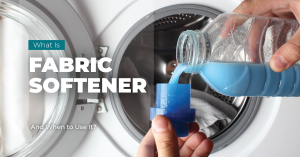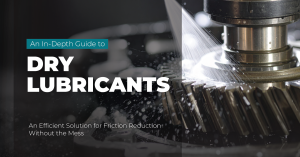
The ongoing debate between food processing units on foam or liquid detergents as the best cleaning solution has been a hot topic for a while. While some advocate for traditional liquid cleaners, others prefer the foaming alternative. But the wait is over! Today, we will finally put an end to this controversy by examining the strengths and weaknesses of each option. So, whether you are a fan of the old-but-gold liquid cleaners or are intrigued by the foaming alternative, this article will give you the insight you need to make an informed decision. So, buckle up, and let’s explore the fascinating world of cleaning solutions!
Foaming Detergent Disinfectants

A foaming cleaning detergent is a type of cleaning solution that produces a rich foam when it comes into contact with a surface. Foaming detergents contain ingredients that create a thick lather, which helps to lift and remove dirt, grease, and other contaminants from surfaces. The foam also helps the detergent cling to vertical surfaces, allowing it to remain in contact with the surface for longer, providing more time for the cleaning action to take place.
Foaming cleaning detergents are often used in industrial and commercial settings, including food processing units because they can be more effective than liquid detergents in removing stubborn dirt and grime from surfaces. They are particularly useful for cleaning vertical surfaces and other hard-to-reach areas where liquid detergents may be less effective.
Foaming cleaning detergents have several advantages and disadvantages. Here are some of the key pros and cons of using foaming cleaning detergents:
Pros of Using Foaming Detergent Disinfectants
- Surface Adherence: Foam cleansers are dispensed as foam, which can be beneficial for reducing waste and controlling the amount of product used. This is because the foam spreads evenly and adheres to the surface being cleaned, reducing the amount of product needed to achieve the same level of cleaning as a liquid cleanser.
- Improved visibility: The foam created by foaming detergents can make it easier to see where the detergent has been applied and where more cleaning is needed.
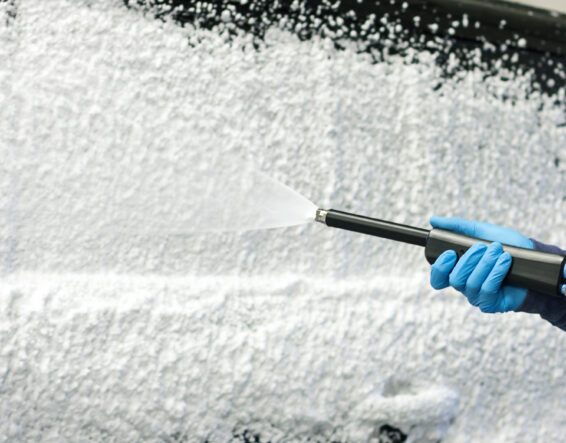
3. Better cleaning action: Foaming detergents are often more effective at removing dirt, grease, and other contaminants from surfaces than non-foaming alternatives because the foam can penetrate small crevices and cling to vertical surfaces.
4. Water Efficient: Foaming detergents generally use less water than liquid detergents because the foam created by the detergent can cling to the surface being cleaned and does not easily run off. This means that less water is required to rinse away the detergent and any loosened dirt or debris. Additionally, because the foam is thicker than liquid, less detergent may be needed to achieve the same cleaning results, further reducing the amount of water required.
5. Cost Effective: Foaming detergents are a cost-effective cleaning solution as they require less product during application and can cover a larger surface area due to their higher volume when applied to surfaces.
Cons of Using Foaming Detergent Disinfectants
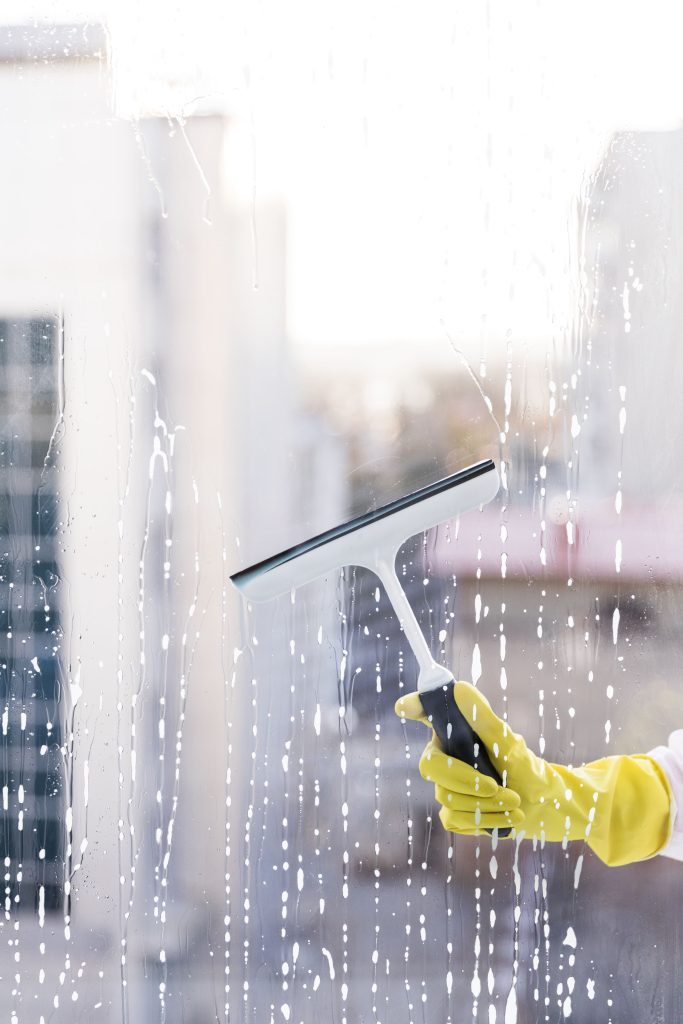
- May leave residue: Foaming detergents may leave behind a residue on surfaces if not rinsed thoroughly, which can be unattractive or even harmful in certain situations.
- May require more rinsing: Even though foaming detergents require less water than liquid detergents, they often require more rinsing than non-foaming alternatives to remove all the detergent and foam. Therefore, how well water is being utilised is subjective to how the cleaning is performed and what equipment is used.
- May require specialised equipment: Foaming detergents may require specialised equipment, such as a foam sprayer or a pressure washer, to be applied effectively. A foam sprayer is a technical piece of equipment crafted to mix detergent and water to create a foam that you can apply to the surface. A pressure washer is another piece of equipment that can be used to apply foaming detergents effectively.
Liquid Detergent Disinfectants
Liquid detergents can also be used for cleaning applications in the food and beverage industry. The detergent component of these products is responsible for removing dirt, grime, and other contaminants from surfaces, while the disinfectant component kills bacteria, viruses, and other microorganisms.
Commercial liquid detergent disinfectants are available in various formulations and strengths and are typically crafted for specific applications and surfaces. They may contain a variety of active ingredients, such as quaternary ammonium compounds, hydrogen peroxide, or sodium hypochlorite, which are effective against different types of microorganisms.
Liquid Detergent Disinfectants have several advantages and disadvantages, which are:
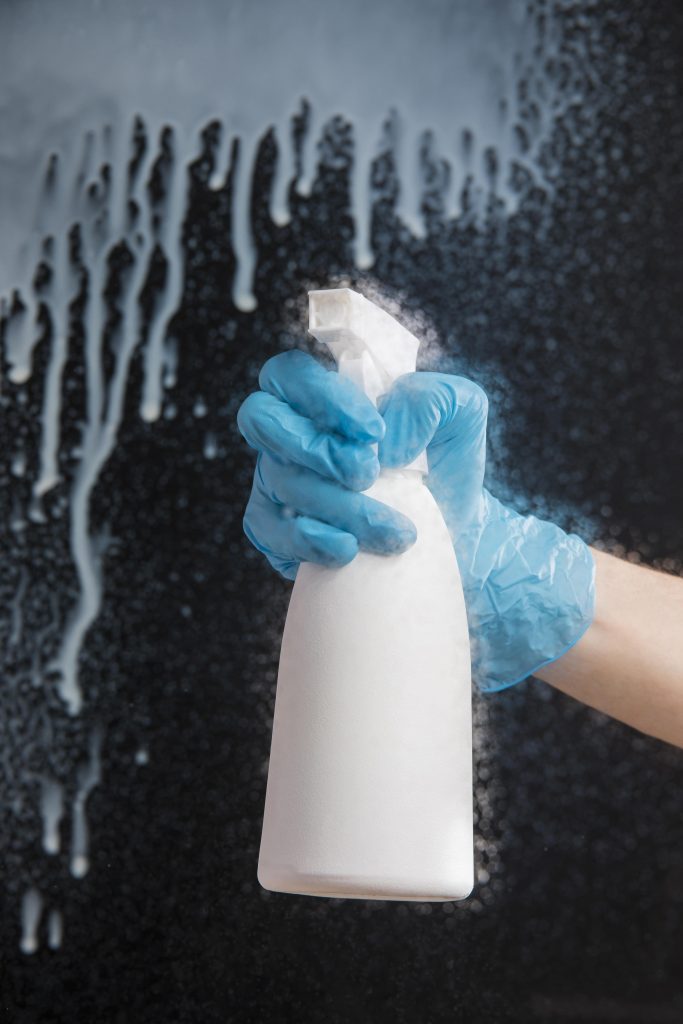
Pros of Using Liquid Detergent Disinfectants
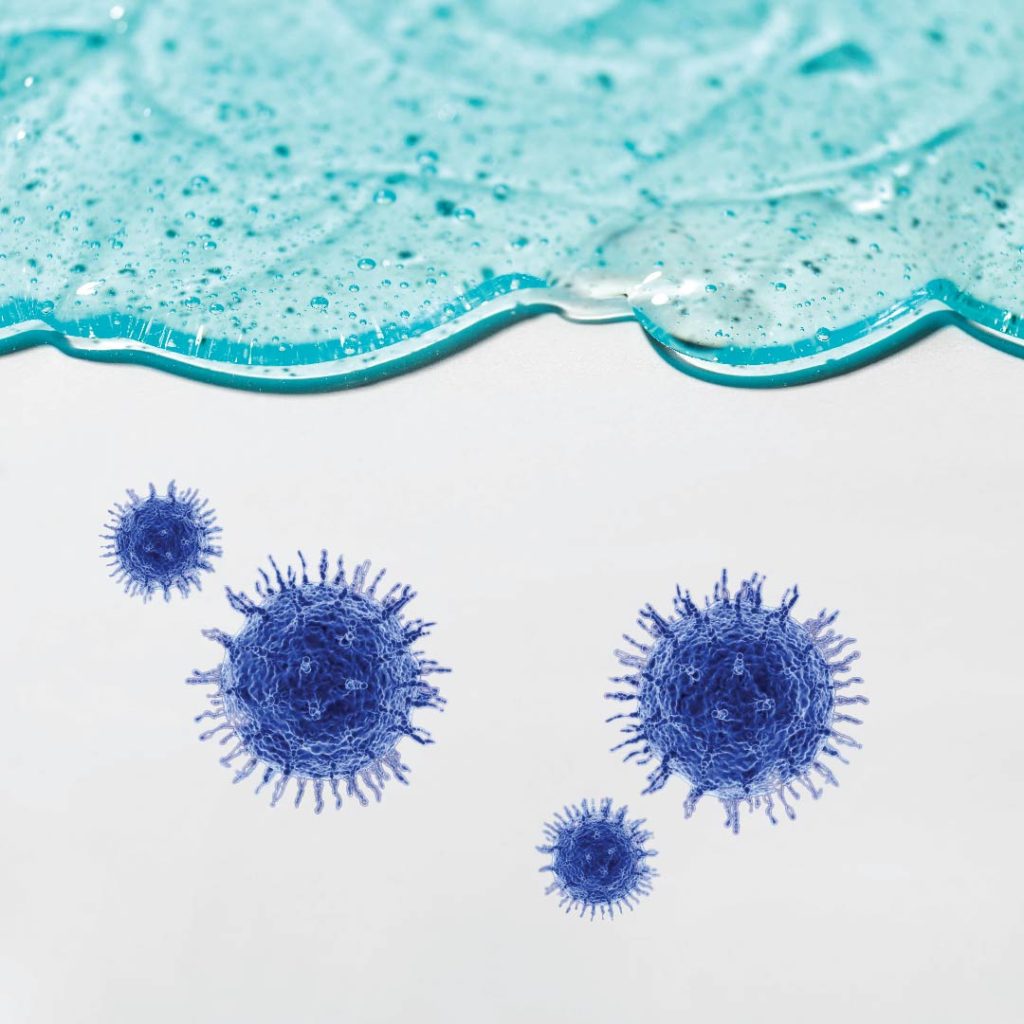
- Effective cleaning and disinfecting: Liquid Detergent Disinfectants are formulated to clean and disinfect surfaces. They effectively remove dirt, grime, and stains while also killing bacteria, viruses, and other microorganisms.
- Convenient: Liquid Detergent Disinfectants offer a high level of convenience due to their ease of use. They can be applied directly to surfaces without any additional preparation, and they come in both concentrated and diluted formulations that are readily available for purchase. This allows users to choose the appropriate strength for their needs, making the product even more convenient and user-friendly.
3. Versatile: Liquid Detergent Disinfectants can be used in several industries and settings, including healthcare facilities, food processing plants, schools, and offices.
4. Cost-effective:Opting for liquid detergent disinfectants can be a cost-effective solution since it requires less water and has a higher colony count than other disinfectants.
5. Effectively cleans nook and crannies: Liquid detergents are particularly effective in cleaning nooks and crannies that are difficult to reach with equipment, resulting in a more thorough cleaning outcome.
Cons of Using Liquid Detergent Disinfectants
- May require additional safety precautions: Some Liquid Detergent Disinfectants may need extra safety precautions, such as wearing gloves and protective eyewear, due to their chemical composition and potential hazards.
- Additional Water Consumption May Be Necessary: While foaming detergents are often preferred for their superior cleaning abilities, attempting to achieve the same level of foam with a liquid detergent disinfectant may result in higher than normal water usage and associated costs.
Overall, the benefits of using a Liquid Detergent Disinfectant may outweigh the potential drawbacks, especially when considering the importance of maintaining clean and safe environments. However, it’s essential to choose the right product for the specific cleaning and disinfecting needs and to follow all safety guidelines and precautions.
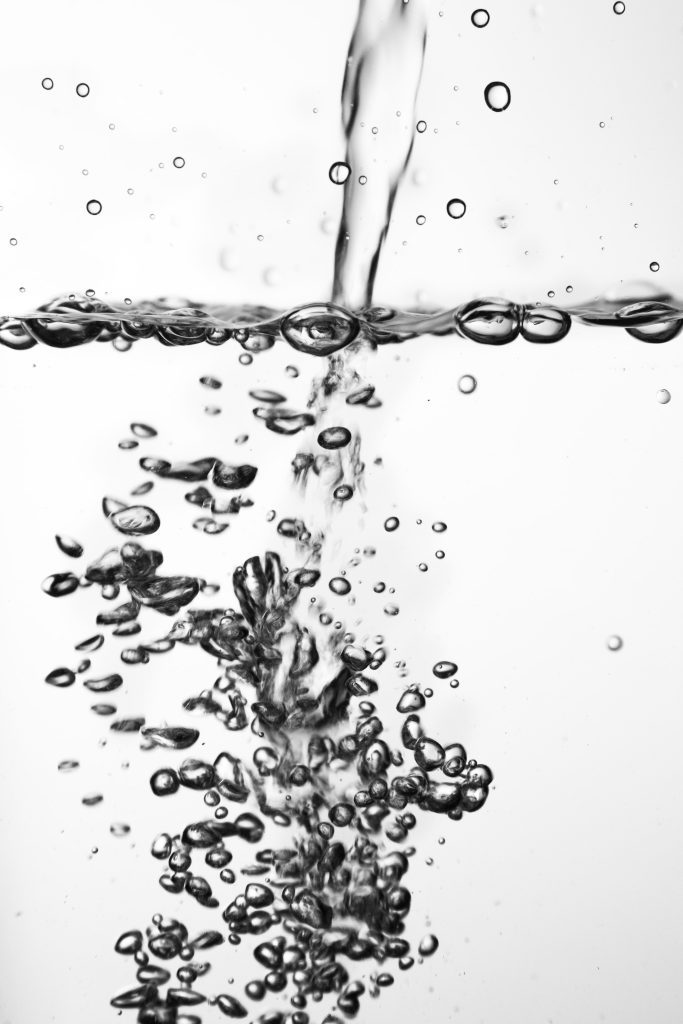
Foam or Liquid Detergents: The Choice
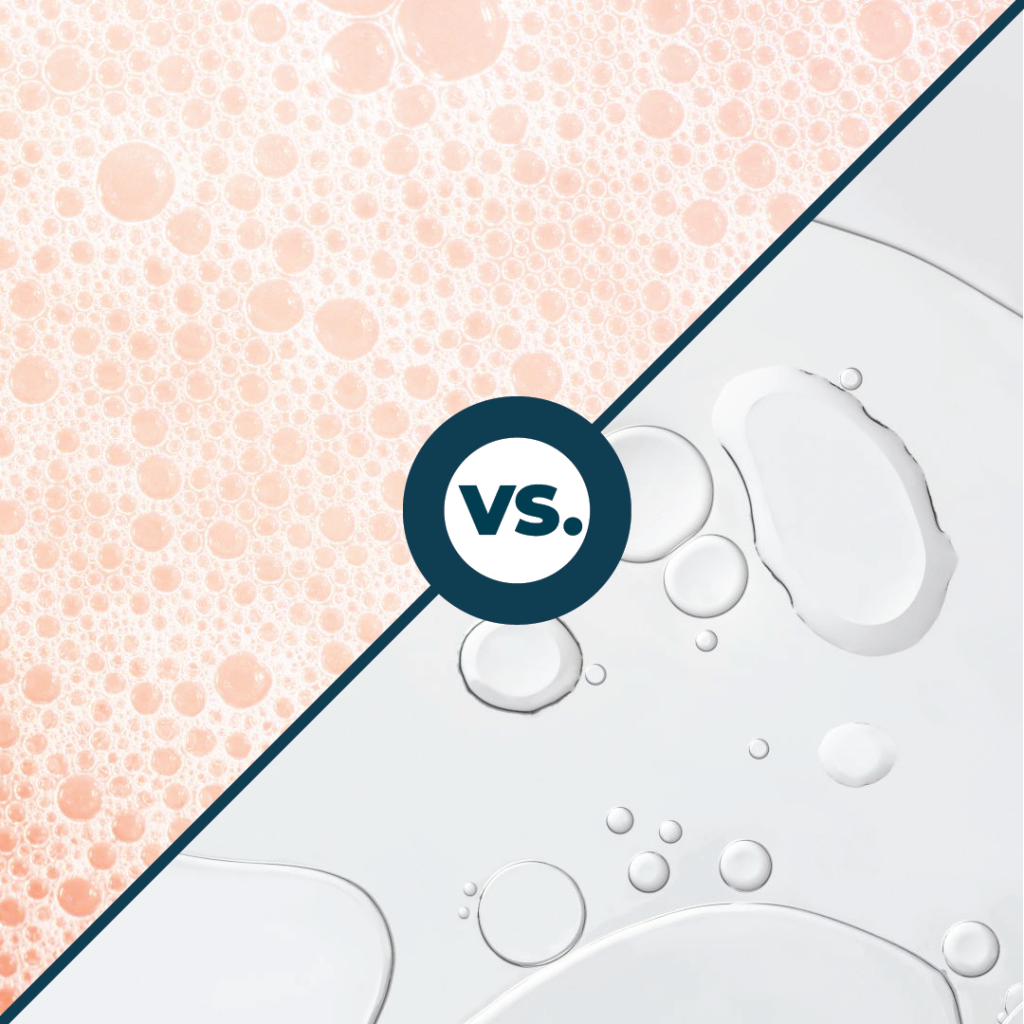
The specific formulation of a disinfectant will depend on a variety of factors, including the intended use, the types of microorganisms it is designed to target, and the surfaces and materials that it will come into contact with. As a result, when searching for specific ingredients in your disinfectant detergent, keep in mind that both foam or liquid detergents may contain them. Ultimately, the decision to choose one over the other should be based on the respective advantages and disadvantages of each type of detergent disinfectant.
ORAPI RECOMMENDS:
ORAPI RECOMMENDS:
Chlorine Detergent Sanitiser
OVACHLOR is a powdered chlorinated detergent, designed for cleaning and sanitising hard surfaces, kitchen wares and food manufacturing equipment. OVACHLOR cleans, sanitizes,and bleaches in one single operation.
Conclusion
In conclusion, whether to use foam or liquid detergents for commercial settings largely depends on the individual needs of the cleaning task. While liquid detergents are more convenient to use and versatile, foaming detergents are generally more effective at removing stubborn dirt, greases, and other contaminants from surfaces. Liquid detergents are more suitable for cleaning larger surfaces. On the other hand, foaming detergents can reduce water consumption and are ideal for cleaning vertical surfaces and hard-to-reach areas. It is crucial to consider the pros and cons of each type of detergent to make an informed decision about the most suitable cleaning solution for any particular commercial setting.










